Webflow’s Vlad Magdalin on the biggest lessons learned from bootstrapping and raising capital
Webflow provides a way to design, build, and launch powerful websites visually without writing code. In this episode, Vlad Magdalin shares his inspiration for the product, tracing the story back from his early passion for computer science and 3D animation to the very moment he recognized a market need for intuitive, visual web design tools. He provides an open look into the company-building challenges his team faced during the early days, and how it helped build resilience in the years that followed.
Today, Webflow is a successful startup that supports a vibrant community of over 3.5 million users worldwide. Vlad shares his advice for other founders that he wishes he’d known at the start of his journey: to approach investors with boldness about your vision and values, think systematically around monetization, invest time training leaders, and more.
Conversation highlights:
- 00:00 – Vlad’s background and Webflow’s founding story
- 02:53 – How fundraising challenges turned Webflow into a resilient business
- 09:22 – The importance of setting expectations and values alignment with VCs
- 20:00 – Ways the CEO role and business changed in the first year after fundraising
- 22:31 – Lessons Vlad wishes he had known at the start of his entrepreneurial journey
- 30:50 – Webflow’s approach to training AI models with respect for creators
Featured: Vlad Magdalin, CEO and Co-Founder at Webflow, Arun Mathew, Partner at Accel
Learn more about Accel’s relationship with Webflow:
- Our Series A in Webflow
- Continuing our Partnership with Webflow
- Secrets to Scaling with Webflow’s Vlad Magdalin
Explore more episodes from this season:
Arun Mathew (00:08):
I'm your host, Arun Mathew, and I'm here with Vlad Magdalin, CEO and founder of Webflow. Great to have you.
Vlad Magdalin (00:14):
Great to be here. Thank you for having me on.
Arun Mathew (00:16): Why don't you give us a little bit of an overview on what Webflow is?
Vlad Magdalin (00:20):
So Webflow is a platform that lets people build really professional websites, code grade production, CMS-driven websites that typically would be built by a developer. We're a visual way to build really, really powerful websites.
Arun Mathew (00:35):
When I think about Webflow, I obviously think of our personal relationship and our friendship, but your origin, I think it's really important to understand your history and background. Give us a little bit of your personal history and what led you to start Webflow.
Vlad Magdalin (00:50):
So I was born in the USSR, grew up in a very tiny village, and when I was nine, my family was lucky enough to immigrate here as refugees, and long story short, I wanted to pursue something creative, but my brother went to study computer science at Cal Poly and my parents were like, he's already going there. We can only afford to take our kids to one place. We can't drive you to two different places. So I went there and I hated it. Absolutely hated it. So I dropped out after nine months and moved up here to San Francisco to go to the Academy of Art. The thinking being, Hey, I love this creative stuff. I really enjoyed graphic design and this was when Pixar was really taking off. They had a couple movies under their belt and that was the dream job. It was like a really awesome experience seeing the power of 3D animation software and 3D modeling software, how far it came.
(01:49): Then when I decided to leave the art school and go back to Cal Poly to study computer science, because it sort of felt like a more rational career path, I ended up at this web design agency and I was essentially an intern that got Photoshop files from the design team and had to translate them to the CMS that this in-house team built for their clients. And immediately I had this aha moment around why the hell does this translation layer exist when I just came from this powerful 3D animation software where there's no translation layer, it's just like a person who's creative, has an idea, uses the software, presses a button, it goes to the render farm, ends up on the movie screen. I mean, I'm sure there are interstitial steps, but not from what you imagined to ending up in the real world. And that's where all of these things came together, computer science, graphic design, 3D animation, and just saw this massive gap in the world.
Arun Mathew (02:53):
So 2012, you started the business. What I think is really interesting is that you started the business, you went through YC and that was its own experience and it seemed like it was a really positive development for the company and you raised a seed round and then you went six or seven years without raising capital, which is a very unusual thing. And so take us through a little bit of that journey where you were searching for product market fit, you found it at one point, but you intentionally or not intentionally didn't raise capital, which forced some level of constraint on the business. And so that period of time, take us through what was going on in that period.
Vlad Magdalin (03:37):
We were going to go down the traditional path. We saw all of these high flying YC startups and the story in our heads was like, you get into YC, the rest is easy. It was two months after demo day and we had only raised, we had targeted to raise just a little over a million dollars, but we raised 350 and we were just so demotivated. I think we had over a hundred investor meetings. Most were either no-s or ghosted. They just didn't tell us anything. So we just didn't know what the situation was. We went back and we had office hours with Paul Graham from YC, and he saw how dejected we were and he's like, look, there's three of you. You have enough to at least operate for a year. Your user's already screaming at you because the product's not improving. All you're doing is trying to raise money for the last two months.
(04:27): So it was like we felt kind of trapped and he was like, look, just say you're done and tell all investors that you're done and you have enough to support yourselves for a year and just focus on building something awesome, make something that people want and you'll figure it out later. That was actually the best advice possible because the second we did that and told a bunch of emailed all the investors who had been quiet or weren't sure or whatever, all of a sudden they were like, oh, wait a second. Now there was I guess some time pressure. We really seemed like we are genuine around, Hey, we're not raising anymore. We genuinely did not believe we could raise more, but that thankfully manifested in just a little bit over more checks came in because of that time pressure. And thankfully we kind of closed out that seed round, but then we assumed that we were going to raise a series A just like every other startup.
(05:29): So we started building towards that, hired a bunch of people, started building what eventually became our CMS, but we were hiring way faster than revenue was growing. And at one point I was looking at the spreadsheet where it's like the trend of where cash is going to be six months from now, and it was not great. We were still not growing fast enough to justify anything like a series A in some that we tried. It was kind of a very quick, Hey, you're not ready. You should be able to get further on your seed ground and then come back. So I felt it was really existential. So we essentially just said, look, we're going to stop hiring. We're going to focus everything possible to get to something, to a product that we can monetize better and sell to more people. And the goal became breakeven. Somehow get to be in control of our own destiny. So we hit that almost out of necessity because we felt that otherwise we wouldn't be able to raise more money. And that was actually a really liberating feeling. It was what I thought was a way to survive to then raise more money, ended up being like, Hey, why do we need to raise more money?
Arun Mathew (06:49):
You were sort of forced into this position, but then it gave you freedom. Are you grateful for that period? Do you feel like you learned something? And if you had to do it again, I know you were forced into that position, but if you were to do it again, would you have bootstrapped through that period again? Would you have raised if you could have?
Vlad Magdalin (07:08):
In hindsight? I think knowing what I know now, a, yeah, we learned a ton through that, right? But I think we spent too long thinking of that as a constraint. I think we could have done a lot more sooner to expand, not only to grow our customer base, but build more of our product. And I think in hindsight, it was a great experience to teach the company this value of not just frugality, but revenue is the way that you reflect customer value is by building something that people are willing to pay for. And it engenders a lot of more rational thinking around the healthy mix of growth versus spending versus how quickly you're bringing value to customers, et cetera. I think in hindsight, if I had a magic wand, I think I can see a lot of potential upside and acceleration. If we had raised our series A instead of in 2019, maybe around 2016 or something like that, where we already had that value of running lean and efficiently engendered throughout the company, not just the founding team, but the leaders, but I think we constrained ourselves for too long to growing as fast as our revenue was growing and had we had more capital earlier, I think it would've given us, you and I have used this phrase a lot, courage capital.
(08:51): It would've given us the courage to take bigger bets sooner. And that was a time in the market that we were just running away with innovation compared to Adobe had three different products in this space that they slowly shut down because we were doing so well. So I think that could have really accelerated our adoption in the market that then would've been even more compounded by the years of growth that we've seen since. Yeah.
Arun Mathew (09:22):
Okay. So we met a few years later and it seemed like a really opportune time, both in terms of the market maturity of the business and the product, and we got really excited about the potential. But I'm curious from your perspective, how did you view that after so long after six or seven years of bootstrapping, how did you go through the thought process of thinking about raising capital and from who and level setting expectations around who the right investor for the business, especially given your core values and how you wanted to run the company and your long-term vision for it?
Vlad Magdalin (10:06):
Well, first we had somewhat of a shaky relationship with some investors where it really did from our seed round feel like there were some folks who wanted to take us in a different direction than then what our vision was. So there was a little bit of a skittishness around, and that was just the seed round, right? No board seat. It was essentially just social kind of social pressure or social expectations. So I had some skepticism around, hey, at bigger scale, at larger check sizes, this only multiplies. And I had a lot of fear around investors coming in might take the company in a totally different direction than intended. And I felt very protective of not just the team and the mission and the democratizing aspects of what we wanted to actually create with visual development and no-code tools to put them into a lot more hands than just the people with the largest pocketbooks or whatever, or the largest businesses. I did feel like a little bit of actually quite a lot of fear around what growth at all costs might mean or what an investor, not just guided, but investor forced set of decisions might look like.
Arun Mathew (11:31):
Optimizing for the short term.
Vlad Magdalin (11:33):
Exactly. So I was very skeptical that even if you find somebody who says the right things behind the scenes, there's a lot of pressure to return capital. I saw through the web 2.0 days, and especially post 2008, there's some kind of sketchy behavior, not just on company's parts to skirt around regulations and not treat people well, et cetera. So I always felt that I had this fear that if we were overwhelmed by kind of investor input, even our own values wouldn't stand up to, wouldn't be able to keep that sort of pressure at bay. And a lot of investor conversations kind of confirmed that throughout in 2015, 2016, as the business started to grow, more people started to reach out. But for the most part it kind of confirmed that story in my head. I would meet with investors and they would give me their own version of what their vision was, or why don't you go enterprise only serve enterprise customers, they pay way more than self-serve small freelancers or web designers might pay you.
(13:04): And it just felt, like, off-mission to me, and it felt very conditional. If they give you money, there's a lot of things that you need to change. So I had that skepticism going in, but I think the things really started, I started to see that we were really constrained by how quickly we could build new products and mostly how quickly we could hire to build those new products. And that was very much one person at a time. We make more revenue, we hire another person, make more revenue, hire another person. And I started to see how that is way suboptimal to what we actually wanted to build. But we didn't have enough cash in the bank. It was sort of like our margin of error was tiny. I think we had a $2 million buffer on our balance sheet where if you hire a team of 10, that half of that is gone within the first nine months if you factor in a typical developer salary.
(14:08): So that combined with actually meeting investors such as yourself and Shri from Silversmith was actually a huge contributor to this. Actually seeing how everything from first conversation to the second conversation to the third conversation was about the mission and the team and the values and the future direction and what we as a team want to do. And that was kind of a mental shift around, oh, investors that must exist. They're actually not partners in name only, but are actually feel like partners to the mission, to the business. And then as we started talking, seeing how much you and the Accel team actually dive in to help companies that are less mature, figure out the next steps. And to us, it just felt like a cheat code. I think maybe, I dunno how much your partners actually know this, how much time you actually spent almost being a quasi team member.
(15:21): That was really, really, really impressive to see. But the thing that I was still skeptical around, Hey, you can say one thing, we can have a coffee and you can tell me all the right things to convince me that you are not like every other investor. But I think the thing that really tipped it over is when you suggested the social contract and we really put both of our values on paper to where we talked it through, this is what the partnership will look like over the next decade, hopefully many decades. And A the fact that you suggested that B, the fact that I felt that it was genuine and now I can confirm that it's been genuine for going on almost five years now. That really tipped the scales where I was like, look, the advantages of being able to not only grow faster but with a partner that has A done this before and we'll have our backs as we go through something that we haven't gone through before.
(16:29): And by the way, at that time we hadn't even hired a single executive yet. So the team was really by all objective measures in VC land pretty immature as a team, even though our business was thriving and was seeing quite a lot of product market fit, et cetera, it still felt like a massive bet that I'm sure from your perspective, maybe it was more of like a diamond in the rough undiscovered gem potentially in that we weren't out there looking for investment. We just realized through our conversations that we can do so much more and expand our mission so much faster if we had more courage, capital and wind behind our sails.
Arun Mathew (17:23):
Well, two things that you said that really resonate with me. First, it was an aligning function on both sides, that social contract that you're referring to, because I think where relationships tend to not work out, it's where you have different expectations going into it. And if you can at least be clear about what our intention is and you could be clear about what your intention is, you can get those things out in the open really early. And so I've used that construct other companies that's awesome to great success because it just forces that candid conversation from the very beginning. And thankfully there was real alignment there. Everything that you laid out on paper I really agreed with. Oftentimes you get people and entrepreneurs that are focused on optimizing the short term rather than building really a generational company and a long-term focus. And sometimes that might mean short-term compromises to achieve long-term success, but you really have to have that mindset from the very beginning. And our most successful founders have always had that, and that's what you said through and through in that document. So I thought that was really great.
Vlad Magdalin (18:28): I actually love that. It reminds me of something, an old coach of mine told me unclear expectations are premeditated resentments. And I think a lot of VC and company founder relationships, they just don't have conversations about expectations, not even about future upside, which is easier, but they definitely, it's less common to have expectations around the partnership. What you expect from each other.
Arun Mathew (19:04):
But I think that also set the tonality for our relationship. I mean, even today we had a very candid conversation about a bunch of stuff, but it's always rooted in a foundation of trust and respect. But you can have very honest conversations, which are really important as you're going through tough times, good times. It's really important. And I also think the other part that's important is that you had options. You had created a business that didn't need capital, that was profitable, that was doing well, but it really was the opportunity about capturing the upside and the potential for the business, which we're about to get into. So post-investment, you raised a big round, it was a 75 million series A or so.
Vlad Magdalin (19:50): Which these days seems tiny.
Arun Mathew (19:52):
Exactly. In those days, that was a big series A. What changed. Take us through the first 18 months of what changed in the business, what changed with you? How did your role evolve in that period?
Vlad Magdalin (20:09):
I think the next few years, up until almost to this point honestly, has just been like this learning journey of how do you scale the team? How do you build up new leaders that you're leading through that are themselves a representation of the company mission, our core behaviors, our culture, they're like the torch bearers for why we exist, why we need to be successful, what we do for our customers, and how the product works, et cetera, et cetera. I thought 10 years ago, the bigger you get, the more money you have in the bank, the easier this stuff gets is by far not the case. Every kind of scaling stage has its own. By the time you figure out how to fix something, you grow enough that the solution's no longer relevant and you have to reinvent not just the way that you work, but for me especially, it was a lot of learning on how to teach others what I know and doing that in a way that is not, doesn't minimize other people's contributions, but also doesn't lower the bar for how deep we have to understand our customers and our product in our space.
(21:34): The hardest part has been like how do you build the machine or the team that builds the machine or that builds a product? And I did not appreciate when we first started how much that is the job of a founder at this scale than just building a product. Right? Building a product with a smaller team is it's possible, and many products have been built that way, we included. But when you get to the scale of hundreds of thousands of customers and millions of users and trillions of site visits and people relying on your platform, that's a whole new ball game around trying to figure out how you can build up and foster the team and hire the team and invest into the team that can then take what we're building to greater heights.
Arun Mathew (22:31): What do you wish you had known with clarity?
Vlad Magdalin (22:37):Just the importance of go-to-market. I really did used to think that if you build it, they will come like, oh, if growth is not what it needs to be, just build the next feature and that'll solve everything, right? I really did used to think that way, but it really, in hindsight, I saw how much of our product actually being landing in customer's hands and bringing the kind of impact that it has on the world. So much of that impact has come from the right people finding out about the product. And that's not through using the product, it's through commercial conversations around the value of moving faster in your marketing work or getting the right buyer, not the user, to be aware of your product and then become a champion of it. I really didn't respect that as much as I respect it now. And I think the more I always heard the sayings product is nothing.
(23:43): Distribution is everything, but it didn't really land. I think there's a certain hubris to it or like, oh no, our product is really good. People are just going to adopt hotcakes. But I wish I had spent a lot more time, including in year one, to really think about distribution and how growth flywheels work, how you can create systems and incentives for users and adopters to become your Salesforce or set of partners that bring the product to more people. I wish I had spent a lot more time there. The other thing in hindsight, I wish we would've done a lot more and sooner was thinking very systematically around monetization and pricing and packaging. Where the first year when we first launched, we were reluctantly charged for our product. I really did think that because I as a user wouldn't be willing to pay 25 bucks or whatever because I was kind of anchored to WordPress, which I could use for free.
(24:46): I was like, well, if I'm not going to pay, nobody else is going to pay. So we're not going to charge. We're not going to charge until we have the full platform of CMS, like visual development, a bunch of other animation tools. And maybe that's when we'll charge, thankfully YC beat it into us that you have to charge, even if you think it's going to be a few people, you have to figure out how to price fairly for the value that you're bringing to the market. But then we left it alone for six years. We sort of set it, set it and forgot it, but I wish we spent a lot more time thinking through, okay, what is the buying behavior going to be in the future? Because every single, by delaying those conversations, it makes any changes that much harder. Now you have a set of customers, in our case, those tens of thousands and hundreds of thousands that are used to a certain type of pricing or like you said, a type of model where they're used to getting a certain amount of capabilities for free or whatever, and it's really hard to change retroactively.
(25:52): So I wish we had spent a lot more time on that. The last thing I'll say is I think if I was to go back in time, I would spend a lot more time training leaders, not trying to be in every single corner of the company, but making sure that leaders could represent exactly what's in my head. And the only way you can really do that is to spend a lot of time with them and make them accountable for that thing and help them be as successful as you think you would be in that role yourself. I think I delayed some of that work thinking that folks will figure it out with time, but there's no replacement to onboarding very quickly. And the last thing I'll add to that is, if I was to go back in time, we do this now, but with every leader, especially senior leaders, you kind of think, oh, it's kind of above their pay grade to have them go learn the product inside an app, or maybe they'll figure out how to do that later.
(27:02): They'll go through our tutorials and now I do this thing. Even we have a CFO joining in a few months. That person is going through the Webflow Masterclass, even though never a web designer, but it gives so much, I don't feel bad about it anymore, to ask for executives and leaders to spend time in the product that makes them so much more empathetic to what our customers actually go through context. And it's so hard to come back to later. So now I'm like unapologetically like, Hey, you take the first week doing just this because it's going to be too hard to come back to it later. You're going to be way too in the job to make time for this. So how important it's for leaders, even if they're in different functions and they're not the buyer to know the broad surface area of the product and what it does for customers. It's irreplaceable. You just make better decisions. People understand there's more.
Arun Mathew (28:01):
Give us a sense of where the web development, visual development market's going. The advent of AI and the application of AI is probably going to be pretty relevant to our category. And web flow is place in it.
Vlad Magdalin (28:15):
Visual development is now, it went from kind of a fringe like it'll never work. It's not for real use case and not for production to now being just status quo. People just, we've proved, not just us, but many others have proved that it's not toys anymore. There's real business value and cost savings to building for production in a visual way. And it's way more intuitive. It's democratizing in the sense that so many more people can learn it much quicker than learning how to code. The hard parts are still in figuring out what to build. And I think this is where AI is super helpful in assisting, but it's, I wouldn't say it's completely revolutionary in terms of replacing the need for web designers or web developers. Just like GitHub, copilot revealed, you can really speed up how fast developers work. That's not the hard part.
(29:25): The hard part is not writing the code. The hard part is figuring out what to build and linking it all together. And the same thing in web design. Yeah, there's a lot of disruption happening on the very low end where if somebody was previously picking a template and editing some content, maybe today, AI can do the vast majority of that, right? So it's like a faster starting point that's a little bit more customized. But when it comes to the types of sites and applications that are built with Webflow, there's so much complexity that we see AI as this, just like GitHub copilot. It's like a way to give the builders who are in it every day like superpowers that just makes 'em go faster. And in some cases, it will mean that more can be done by a single person than what previously it took two people.
(30:25): That's what an entire platform is about. In Webflow today, you can have one brand designer who learns the platform, run circles around two designers and three developers five years ago, and get more out into the web with sometimes deeper fidelity and customization than what a design and engineering team might be able to do. So the same way that visual development really put a lot more superpowers into the hands of these non coders, but gave them coding superpowers, AI just multiplies that. The thing that has been a little bit of a headwind for us though, is we, our customers initially when this LLM, when ChatGPT came out, there was this big kind of rush to, okay, how can we leverage our data to power some of these AI driven tools and outcomes in a tool like Webflow? But our user base is their entire living.
(31:32): They are service providers, they're brand designers, they're marketing teams. Their entire living comes from what they build in Webflow. So we couldn't on principle say, Hey, we're going to go train on all these people's, on all of our customers dataset. So we had to figure out A, to train and create our copilot tools, which we're in the process of getting to market in a way that essentially doesn't give our customers the feeling that, Hey, why am I creating templates and libraries and components for your marketplace is when it's actually just going to be used to train something that replaces me as a creative professional. And we just decided on principle that A, you don't get enough value from basically duplicating somebody else's template. It just looks templatized. And we decided to focus our efforts on essentially partial assisting, where we're not trying to replace the entire freelancer web designer, knowing how much of their value comes from really understanding a customer problem, the story that they want to tell, and then building the narrative in the story and the design and the implementation through our platform.
(32:56): So it's been transformational in the sense that so many of our customers can be more effective and efficient, not just in Webflow, but with content generation, et cetera. But we're seeing a little bit of a swing back to the artisanal parts of the web where there's a blowback to autogenerated content content more focused on the art and science of delivering great digital experiences to customers to convince them to buy your product or whatever. So it's not revolutionary to the degree that sometimes it's stated where it changes everything. But it definitely is, in my view, a huge assist to helping these professionals be way more effective. And the hope is that there's some prognostications around, nobody's going to be browsing the web five years from now. Everything is just going to be like a conversation. I happen to believe in the creativity of there's an art to connecting with customers that I don't think will ever be replaced by this purely transactional text-based thing. So I think there's a lot of upsides still to visual development and web design. And the thing that's most encouraging to me and most motivating to me is that the web itself, literally half of the world, roughly half of the world isn't even participating on the web. Not even creating, but even consuming so many people are not even on the web.
Vlad Magdalin (34:40):
Still early days, I mean, it's kind of a cliche saying it's day one or whatever, but for many, many countries, for many different people, they have not even scratched the surface of discovering what they can do on the web. So maybe there's a world where we fundamentally change how people interact with the web. I think maybe that's a couple decades away. That's wild. That's a problem for a different day or an opportunity for a different day.
Arun Mathew (35:10):
Well, that seems like a pretty good spot to end it. Thanks for taking the time, Vlad.
Vlad Magdalin (35:15):
Of course. It's my pleasure.
Arun Mathew (35:17):
Great. We really appreciate it.
Meet your host
Arun Mathew
.jpg)



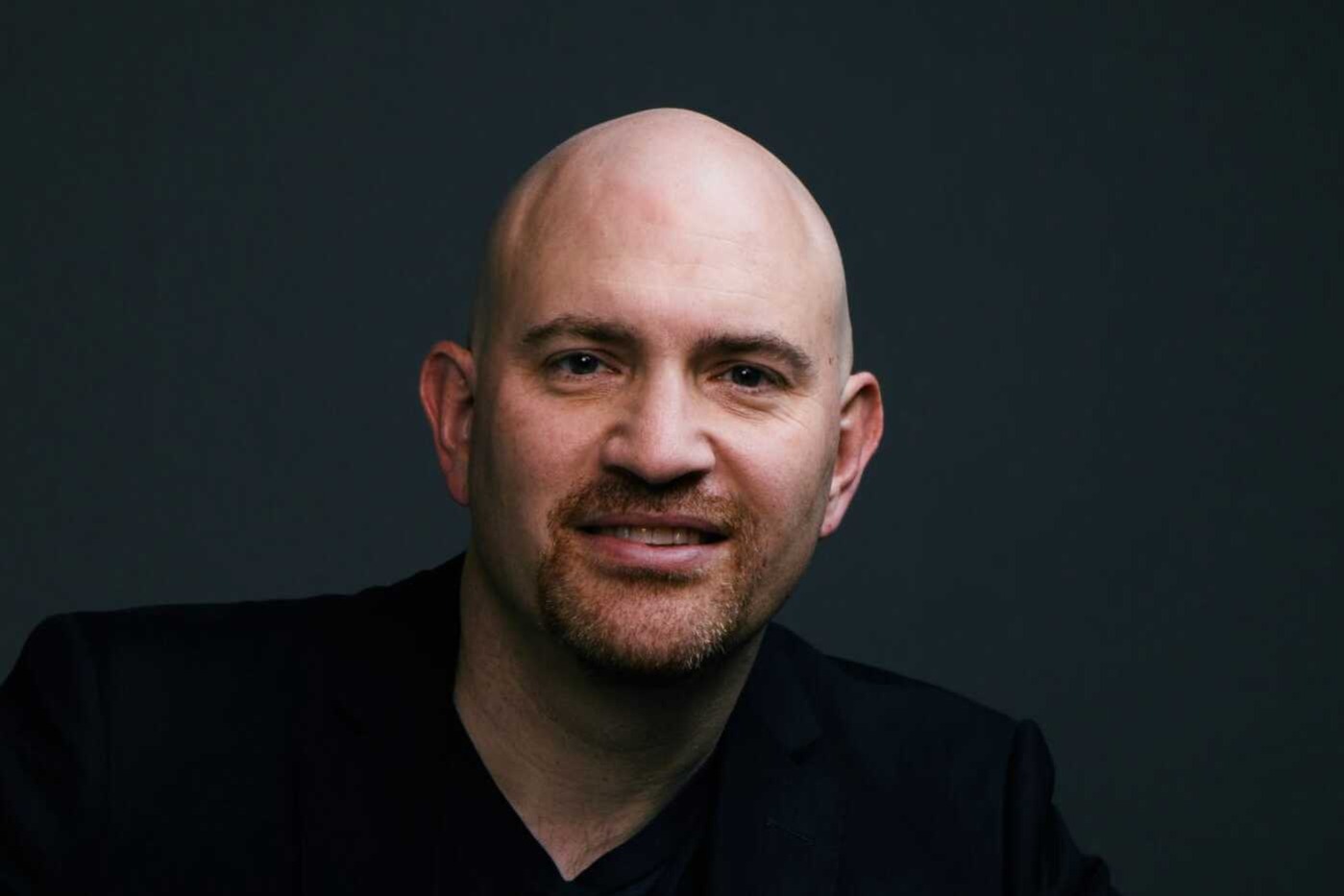
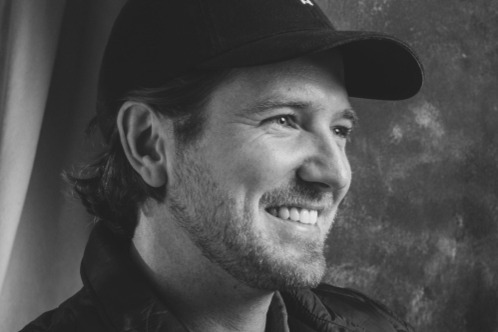
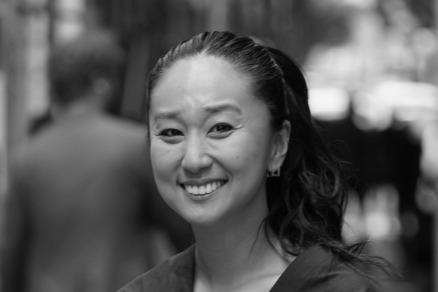

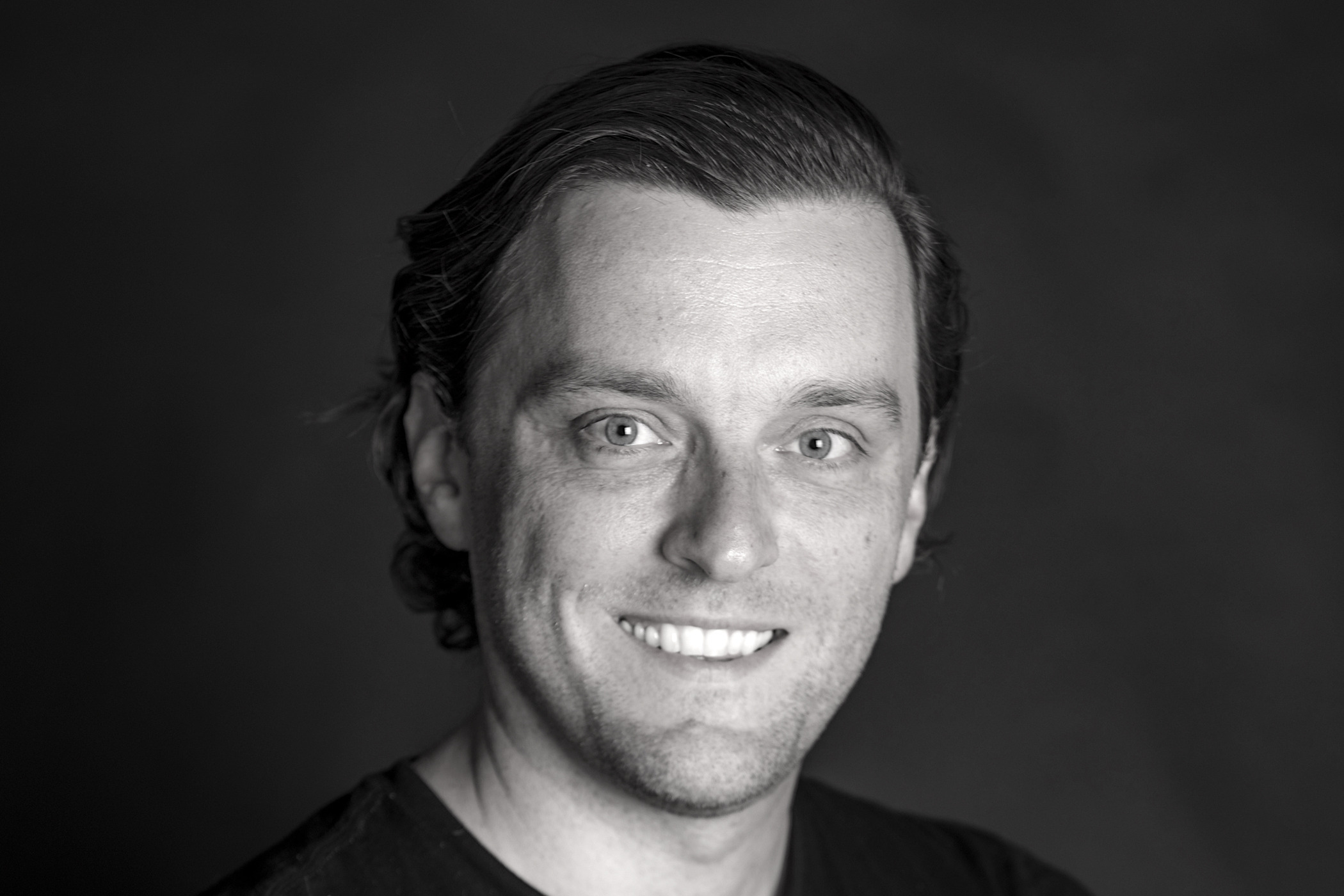
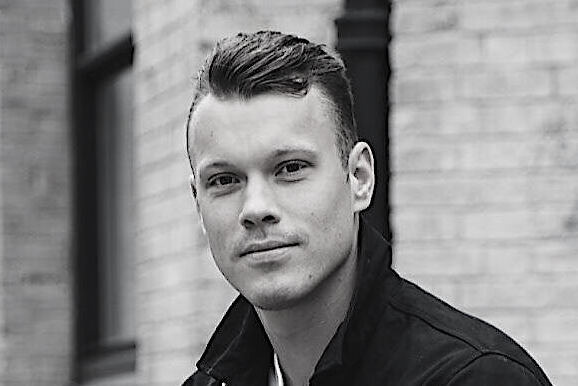
%20(1).jpg)

.jpg)
.png)
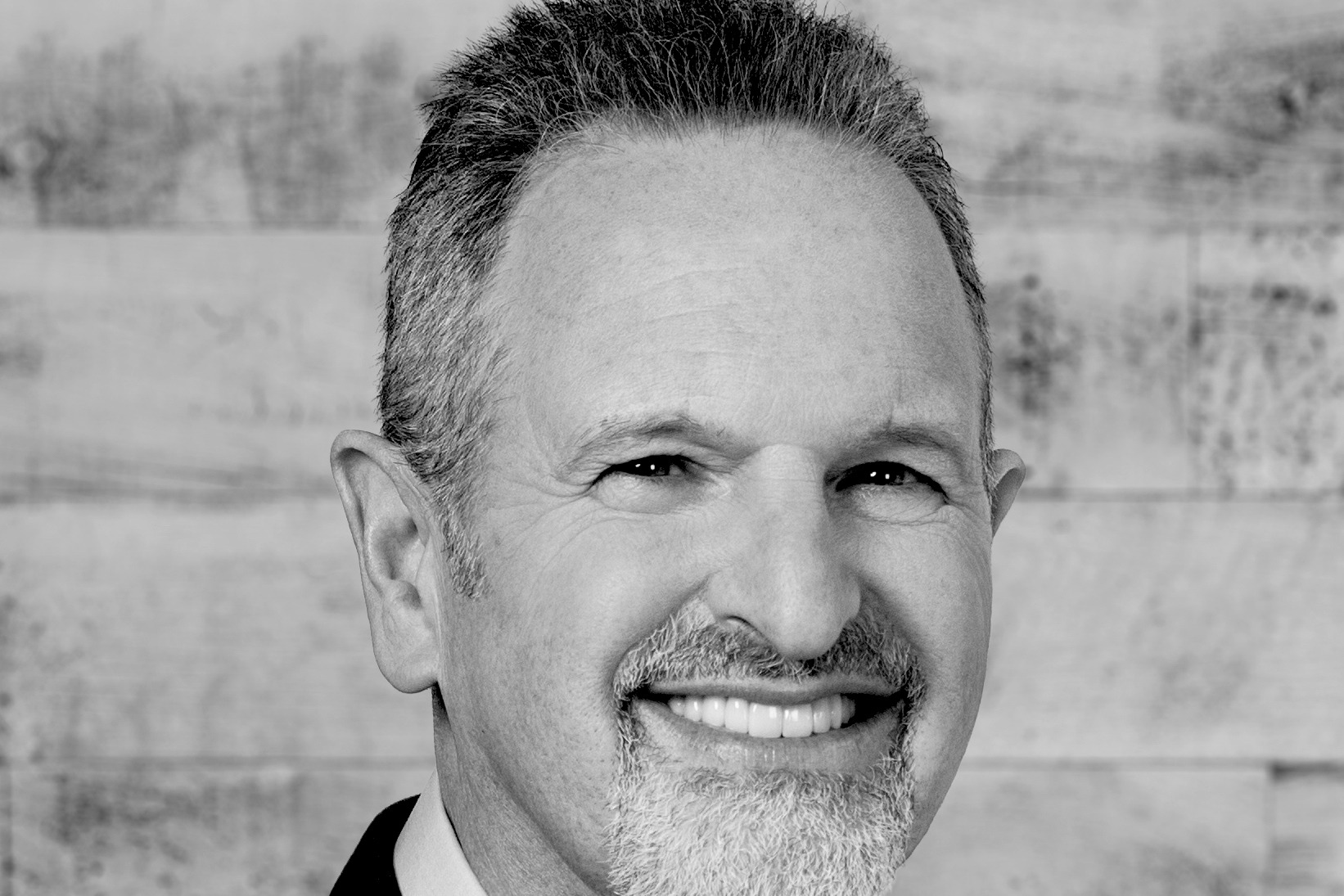
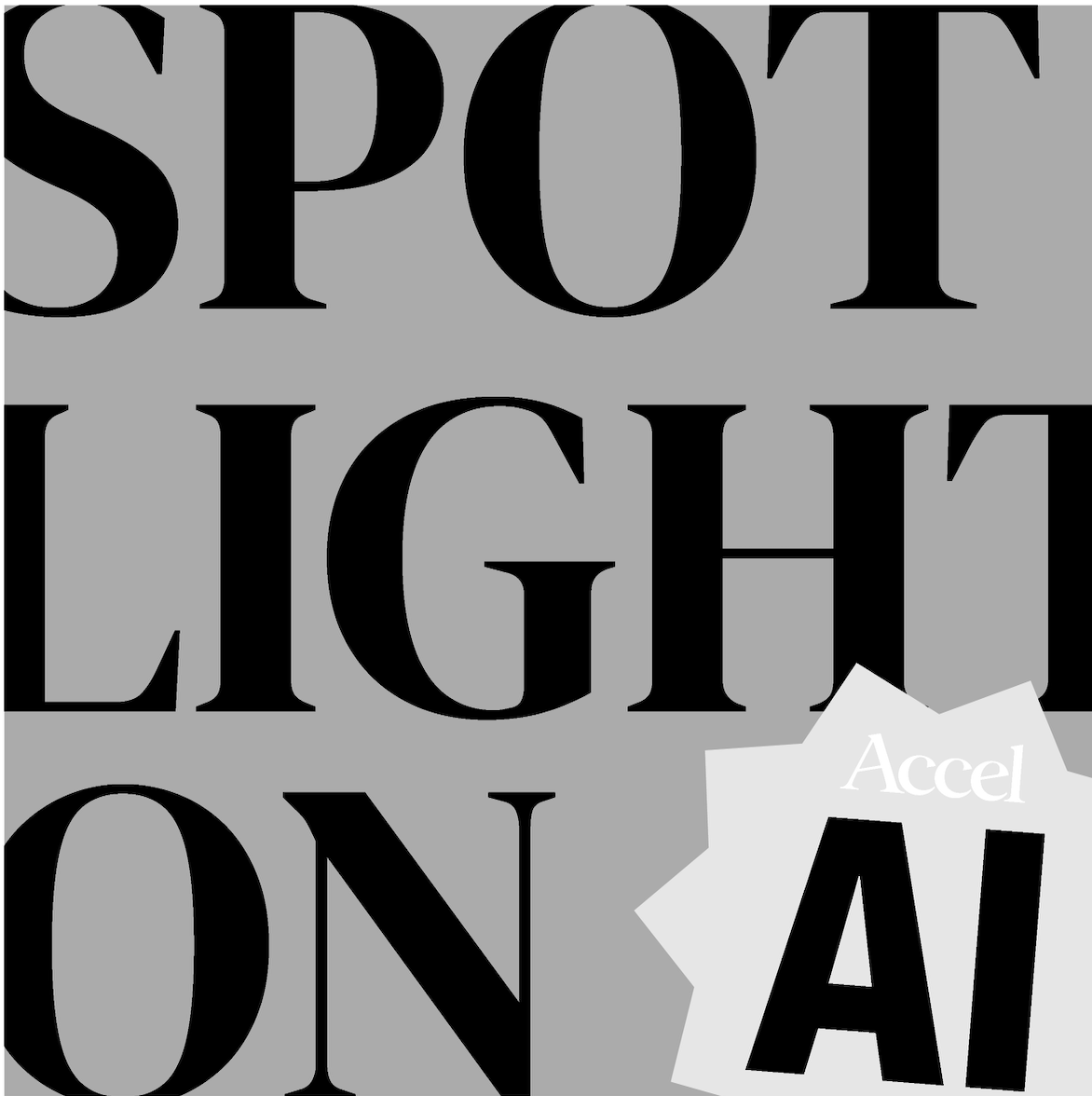



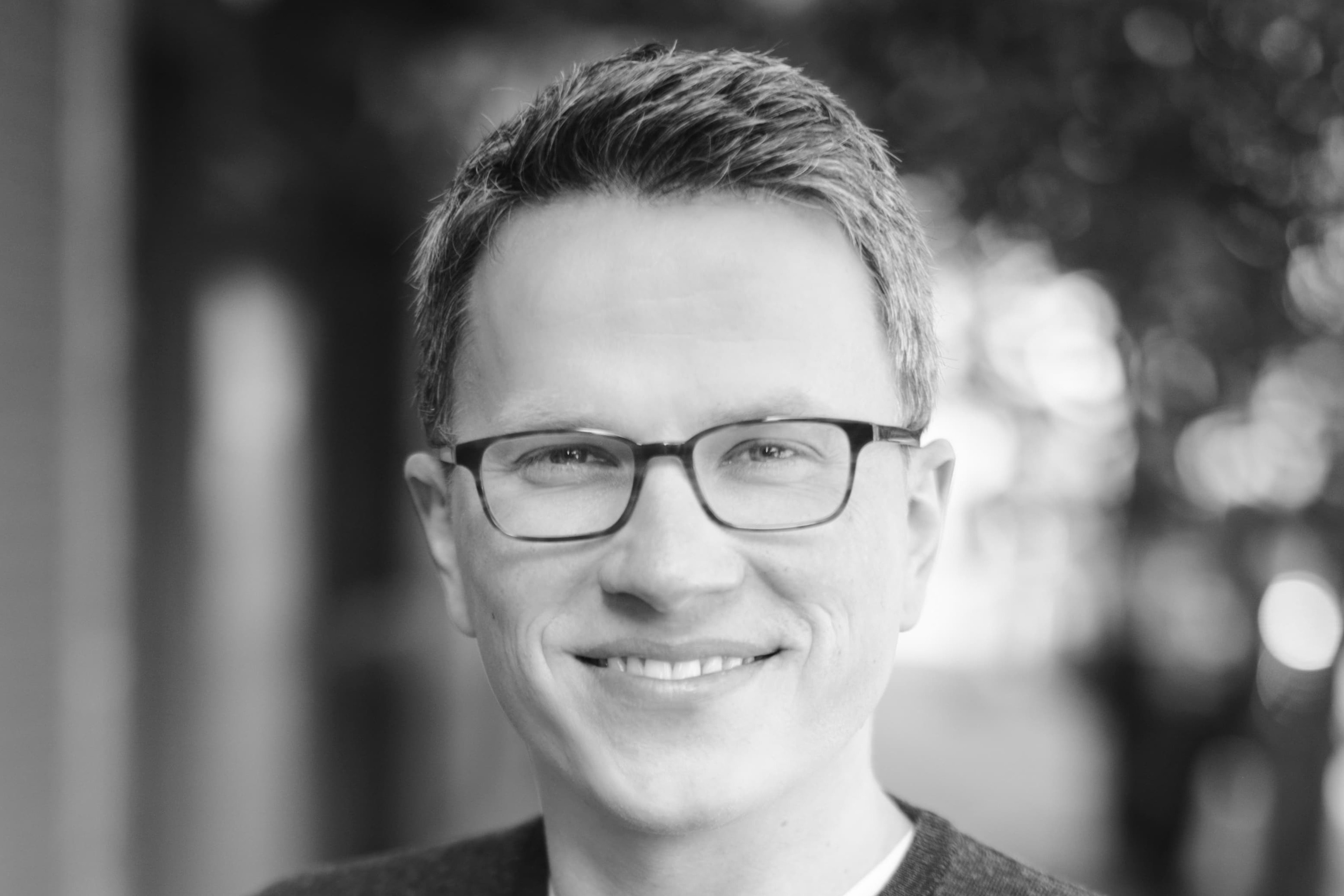
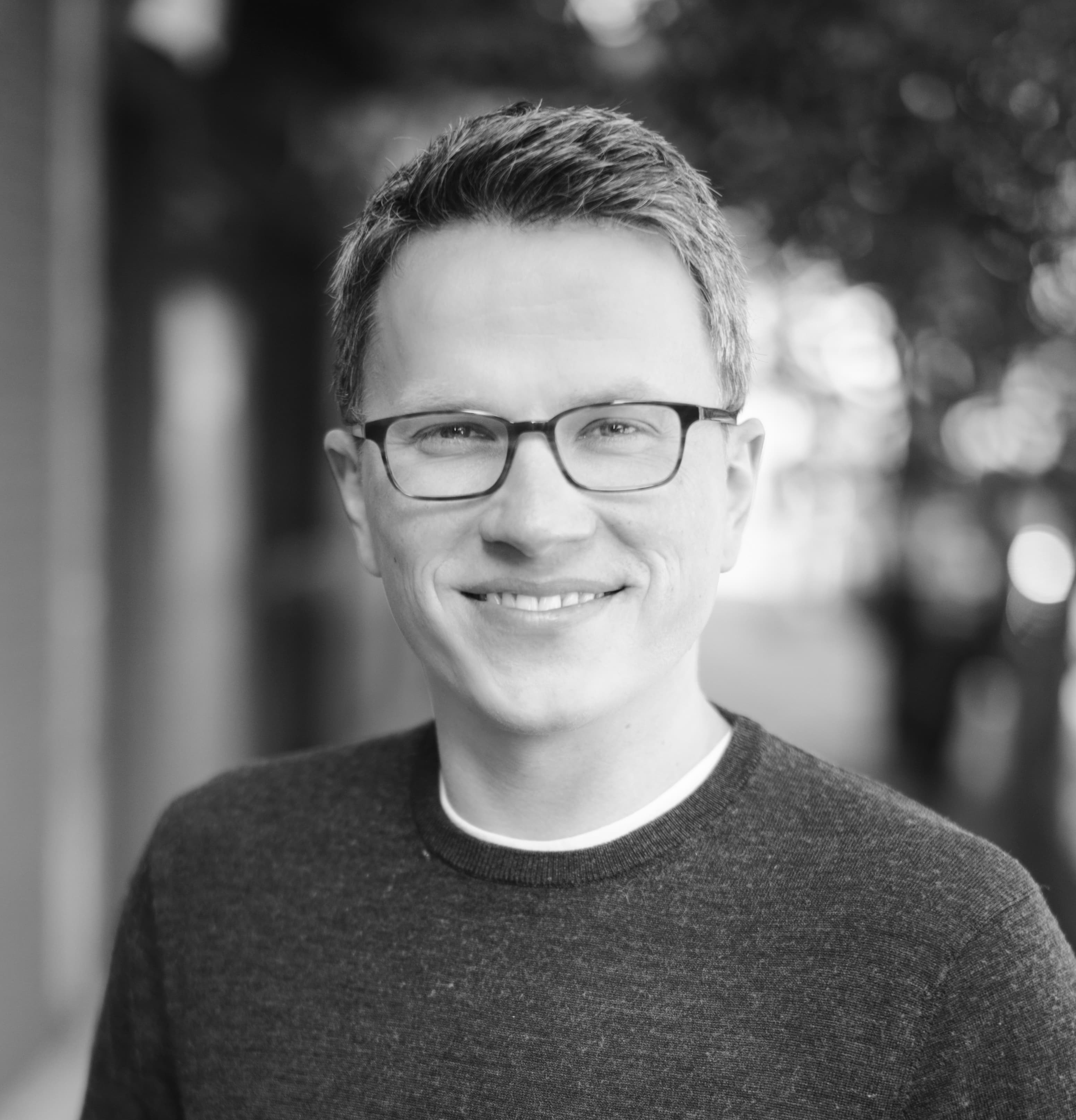
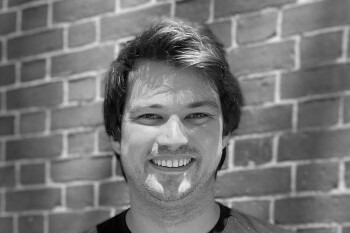
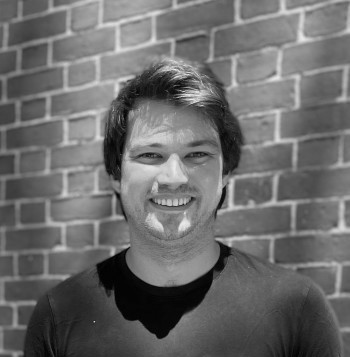
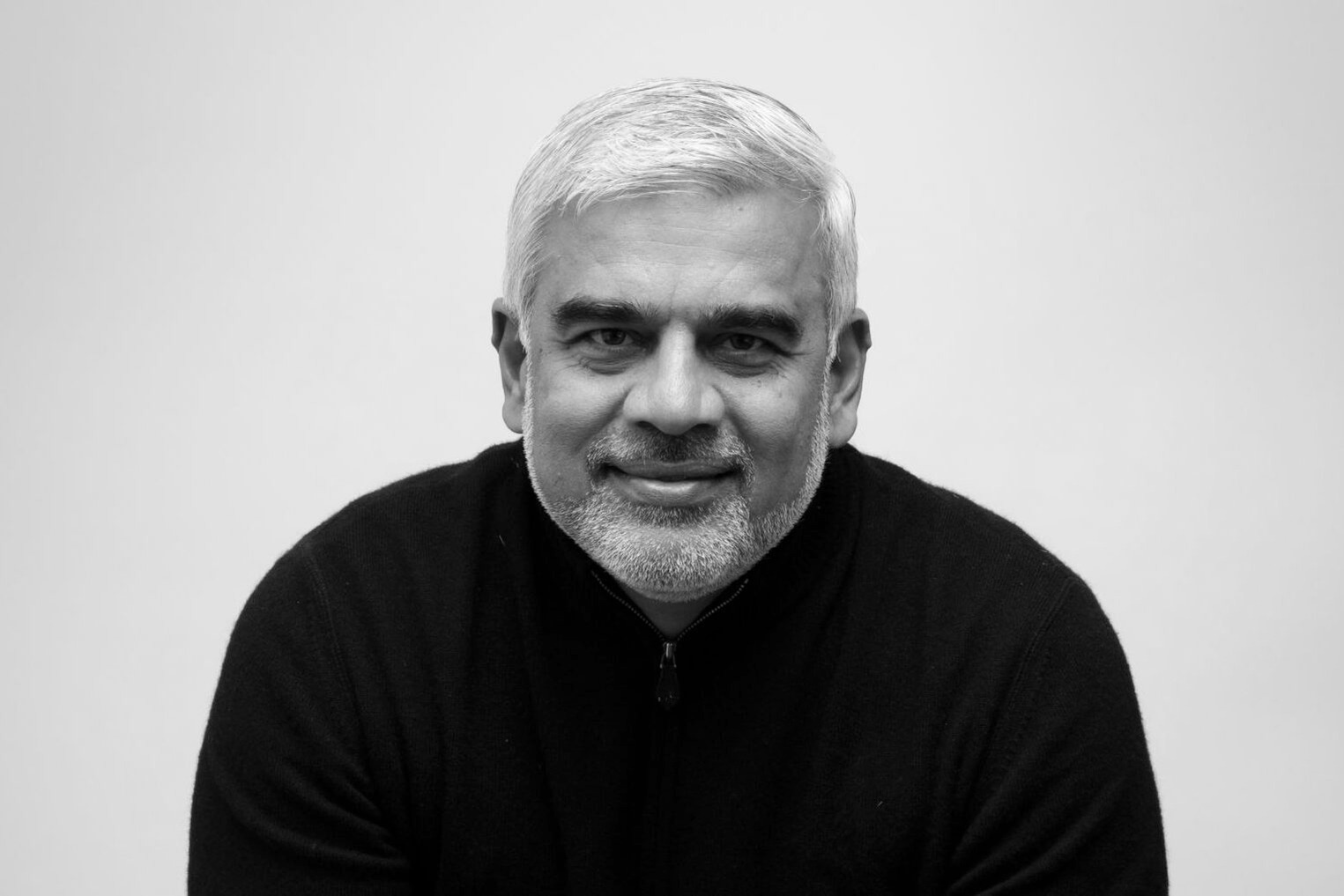
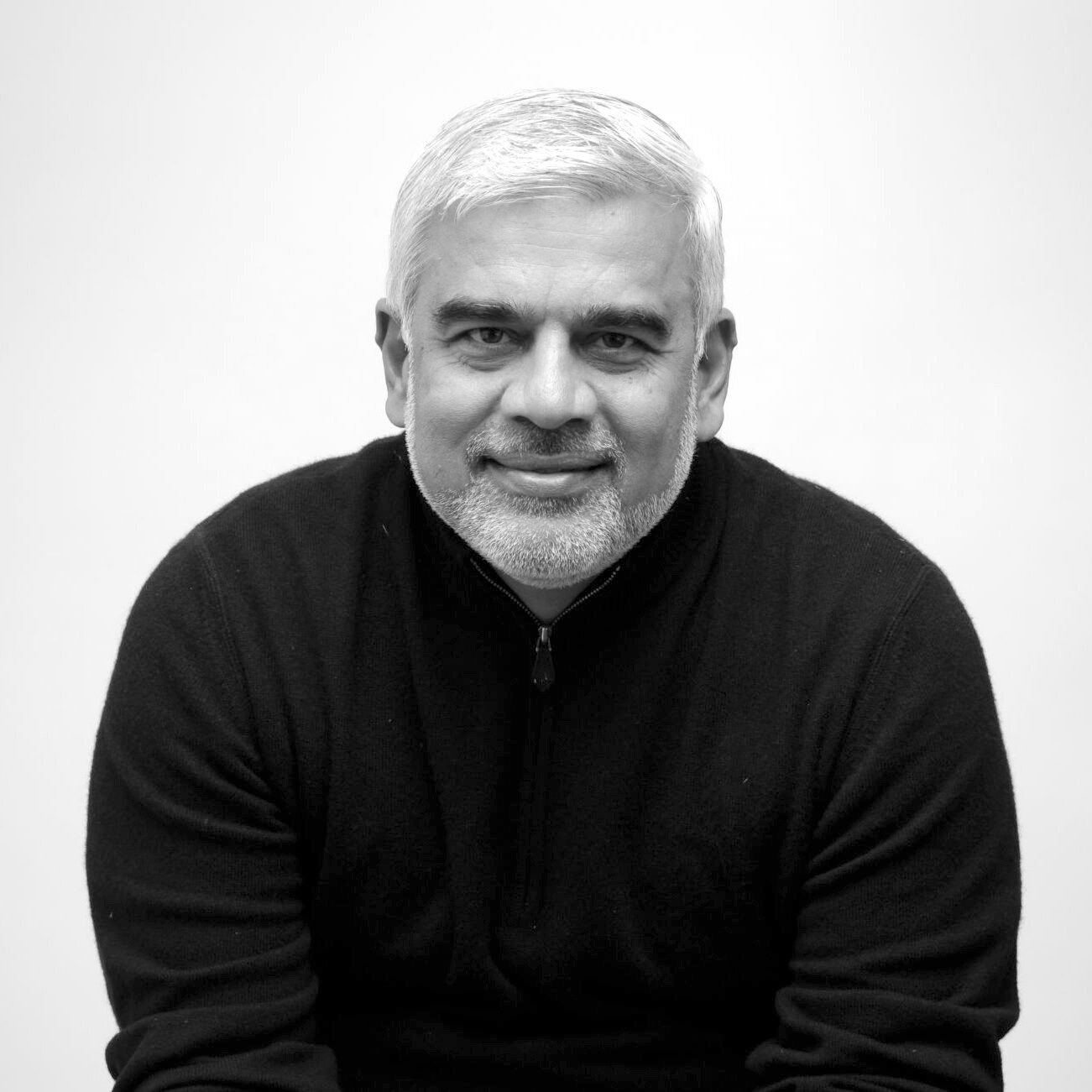
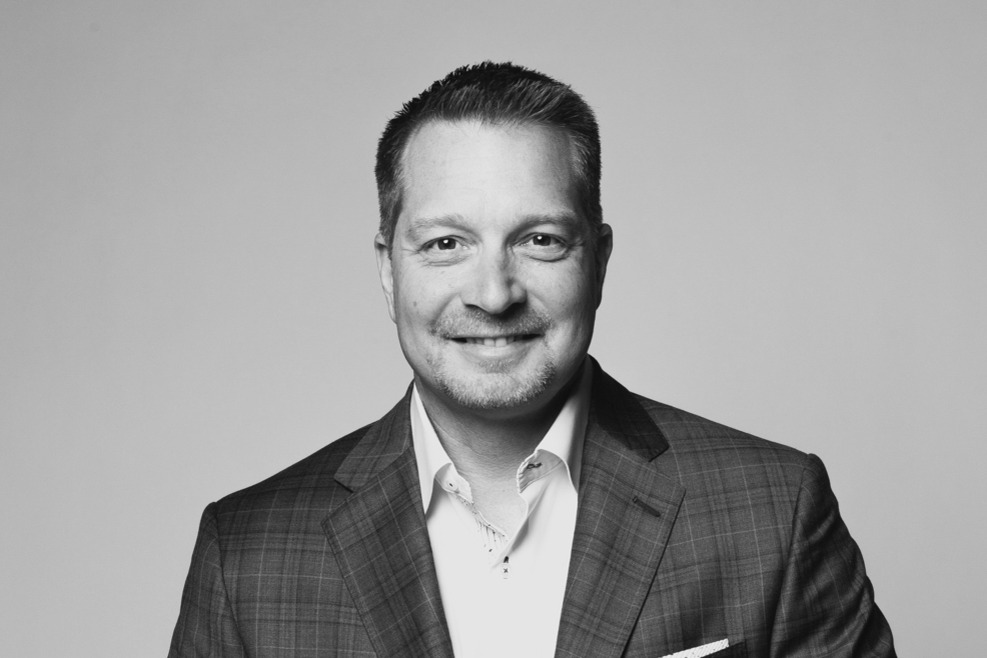



.jpeg)











